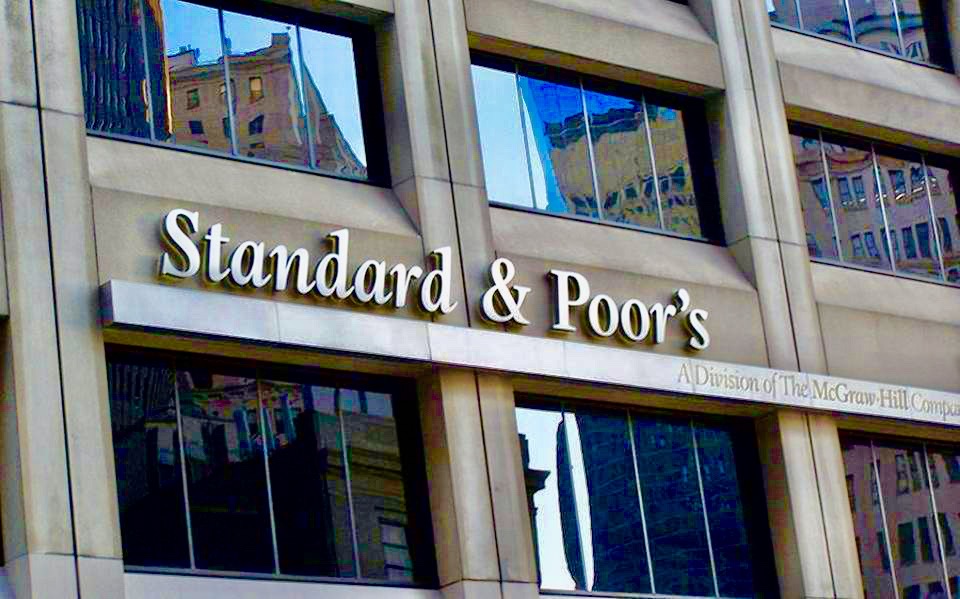LUSAKA (The Business Telegraph): Global rating agency Standards and Poor’s – S&P affirmed both Zambia’s long term issuer rating for local and foreign currency at ‘CCC’ with negative outlook. The copper producer is still cited for fiscal vulnerabilities only this time amplified by disease pandemic effects.
Read also: S&P downgrades Zambia’s sovereign rating to ‘CCC’ from ‘CCC+’ on rising debt service risks
Paris Club reprieve, Chinese debt and IMF Rapid Credit Facility. The red metal producer still grapples with energy bottlenecks that have in addition to COVID19 impacted its business pulse which has remained suppressed with bleak growth prospects for 2020. IMF earlier forecast a -5.0% recession which the central bank revised to -4.2% on account of suppressed economic activity following partial lock down procedures to curb spread of the coronavirus. The Paris Club nodded by the G20 offered repayment reprieve on debt service from 01 May to 31 December partially allowing the Southern African nations fiscals to absorb pandemic shocks. Zambia’s awaits status on its request for a Rapid Credit Facility – RCF with Washington based lender the International Monetary Fund – IMF. Chinese debt service reprieve is also being awaited as a key determinant of fiscal space. Other strides the copper producer has made is engagement of Lazard Frere’s a French investment banking firm to restructure its external debt over a 36 months period.
Political risk factors. The copper producer has exactly a year to the Presidential polls and political risk factors could be another determinant of a fully funded bailout program from an expenditure perspective. Proxying Malawi and other African nations that have held polls, Zambia is highly likely to have its elections with or without COVID. It is expected that most infrastructure projects will be commissioned in the next one year on the ruling governments clock which they will take credit for. However infrastructure has been the key driver of ballooning debt which the MinFin has placed a cap on to manage fiscal expenditures by raising all finance in the domestic money markets as opposed to external finance. External debt rose at the slowest pace to $11.7bln (Jun230) from $11.23bln (Dec19).
Fiscal deficit pressure remains high. A wider, in the double, digit fiscal deficit is projected for 2020 given a steep decline in revenues generated from taxes and wider expenditure for public health purposes. Inflation remains elevated at 15.8% but could be easing as food prices ebb while currency vulnerabilities are evident impacting debt to gross domestic product straining the countries ability to meet its debt obligations. foreign exchange reserves remain at decade lows at $1.4bln (Aug20) translating to 2.3month of import cover. Interest rates despite a downward trajectory supported by central bank expansionary monetary policy through balance sheet expansion and liquidity injections in Open Market Operations – OMOs, remain fairly high at an average of 25.4% (Average Lending Rate) while yields on treasury bills have rallied between 150-385bps. Longer tenor asset yields have continued to lag as appetite skew remains in the shorter duration assets for risk in these exceptionally extraordinary times.
Commercial banks remains fairly resilient but reflect high credit impairments which are both COVID and sovereign related. The Bank of Zambia has intervened through Targeted Medium Term Refinance Facility – TMTRF, eased capital and provisioning rules to stimulate banks to cushion diseased pandemic related credit risks.
Zambia’s dollar debt used as proxy for sentiment continue to trade between 20.5% – 35.3% in yields, the worst performers of emerging and frontier market fixed income assets. The copper producer has $3bln of eurobond stock maturing in 2022 ($750mln), 2024 ($1bln) and 2027 ($1.25bln).
The Kwacha Arbitrageur

